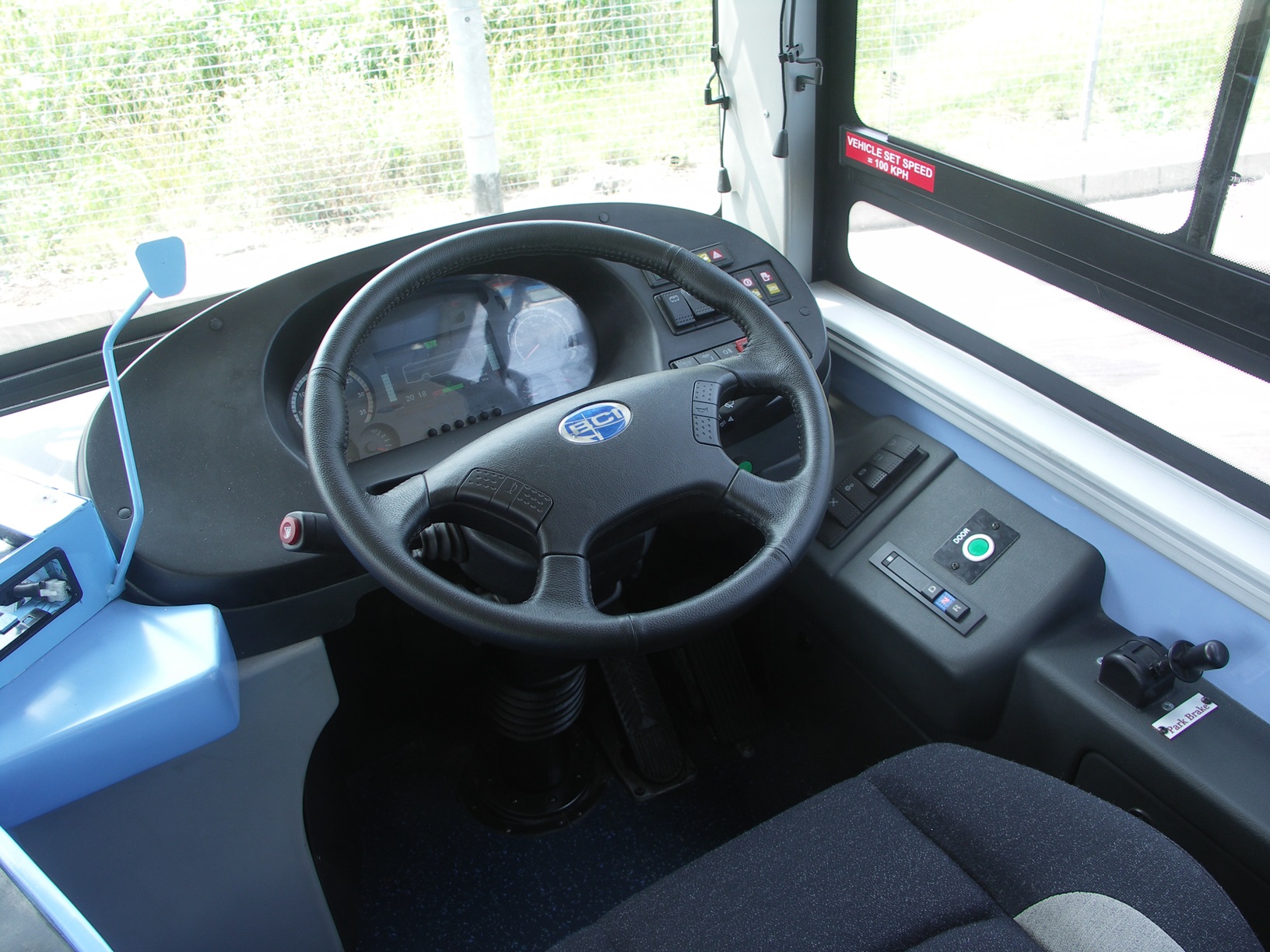Women in Bus and Coach (WiBC) has continued its work on inclusive bus cab design via a roadshow to solicit contributions from women drivers.
As of early November, it had visited eight bus depots. More calls are planned for the coming months. Involved by then had been four garages in London, two in Scotland, and two in North West England.
Transport Research Laboratory researchers have now met with over 75 women bus drivers at those depots to gather feedback to improve the comfort and functionality of cab designs as part of an overarching project to make those spaces more inclusive.
As noted when the roadshow was announced, the work has been prompted by worries that traditional bus cab designs are based around the height and build of a man.
Findings of the research are anticipated to help reduce inhibitions to bus driving as a career among other groups. Support has been gained from First Bus, Lothian Buses, McGill’s Buses, Stagecoach, Transport for London (TfL) and Transport UK London Bus so far.
WiBC has produced a YouTube video to highlight the work done already and some of the feedback received from drivers at participating operators.
Director and TfL Senior Bus Safety Development Manager Kerry Cheek notes that current bus cab designs are fit neither “for the future of our buses” nor “for drivers and what they would expect, and should expect, from a modern working environment.”
Fellow WiBC board member and TfL Director of Buses Lorna Murphy adds that research has shown how a link exists between the design of bus cabs, the people that sit in them, and incidents.
“We are not being inclusive, and we are potentially not being as safe as we could be,” adds Ms Murphy. She explains that data gathered during the roadshow will be combined with other information to make bus cab design “more inclusive, safer, and [to] break down barriers for people accessing the industry.”
A primary observation from women bus drivers highlighted in the video is a need for changes to drivers’ seats, with more cushioning and greater adjustment.
Better consideration of safety is also highlighted, with a need in some cases to sit higher. Additional scope to adjust the steering wheel is a further consideration, as is the difficulty of hearing passengers through an anti-assault screen.
National Express West Midlands recently began a trial with Chapman Seating of a new design of cab seat that aims to improve bus driver comfort, safety and inclusivity. Drivers, engineers and union representatives at the operator have contributed to the design process for that seat.
link

